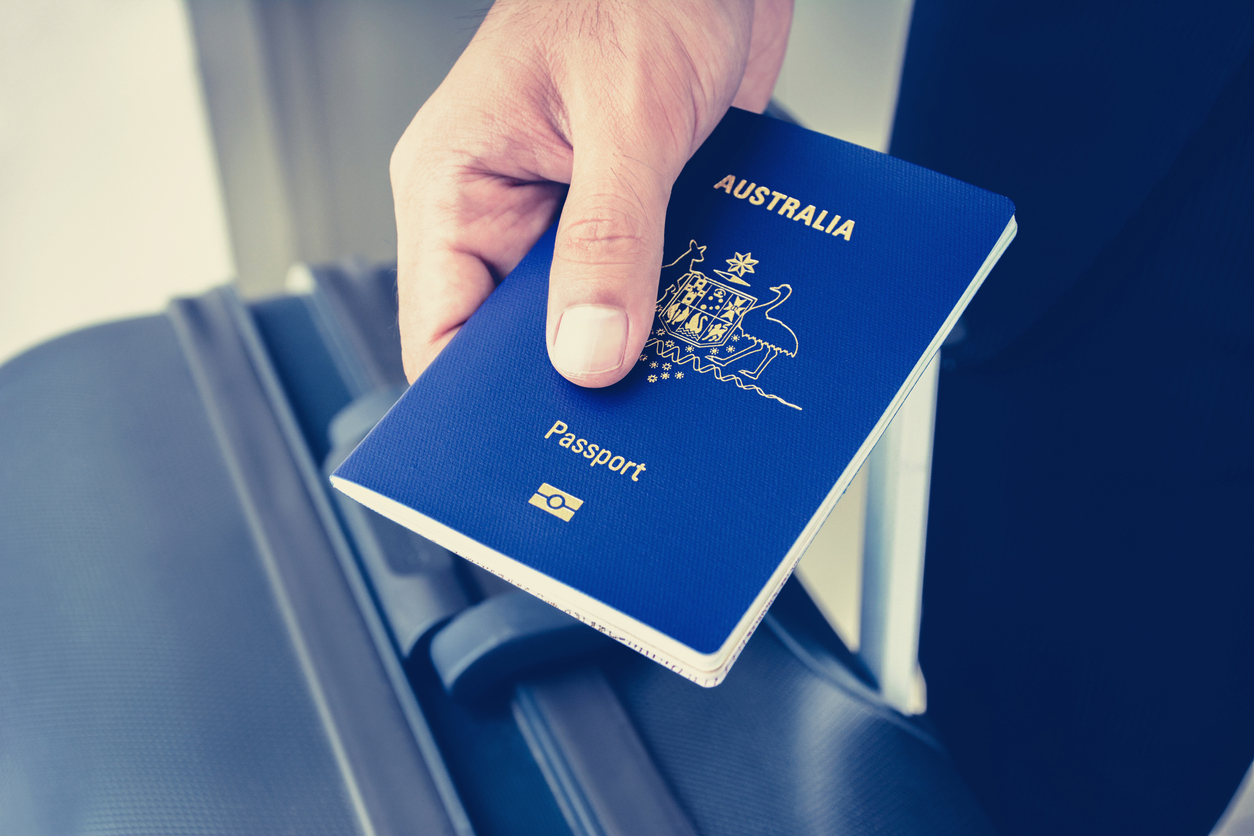Recently, Australia announced that there would be occupation ceilings. These are limits that the Australian government has put to the number of invites or Expression of Interest (EOI) to be issued to a specific occupation group. This makes sure that the skilled migration program is not dominated by a few occupations.
How does it work?
With the occupations ceilings, only a specific number of people in selected occupations will receive an invite. Once the ceiling limit has been reached, no more EOIs can be issued, even if the remaining candidates in that career group have high rankings. Then, invitations can be allocated to interested migrants who are in other occupation groups even if they have been lowly ranked.
Why are the occupations ceilings significant?
The ceilings are essential because they show the occupations that are in more demand in Australia. Consequently, this proves that they need more skilled migrants. The country has reduced its 2019-20 migration program. It is essential to understand that the ceilings are not a direct reflection of the invites that will be sent. Hence, those that are issued do not have to equal the ceiling limit.
2019-20 Occupations ceilings
The occupations ceilings list for every career that is among the eligible skilled occupations for 2019-20 has been released by the Australian Government. The ceilings do not apply to all the categories, though. Those that are exempted include the Territory or State Nominated, Employer-Sponsored as well as the Business Innovation and Investment visa sub-classes.

Thousands of migrants are allowed to apply to Australia under the country’s Skilled Migration Program every year. It must be under the occupations that are mentioned in the Skilled Occupations List (SOL). This list has more than 200 occupations, and the Department of Home Affairs (DoHA) updates it regularly.






